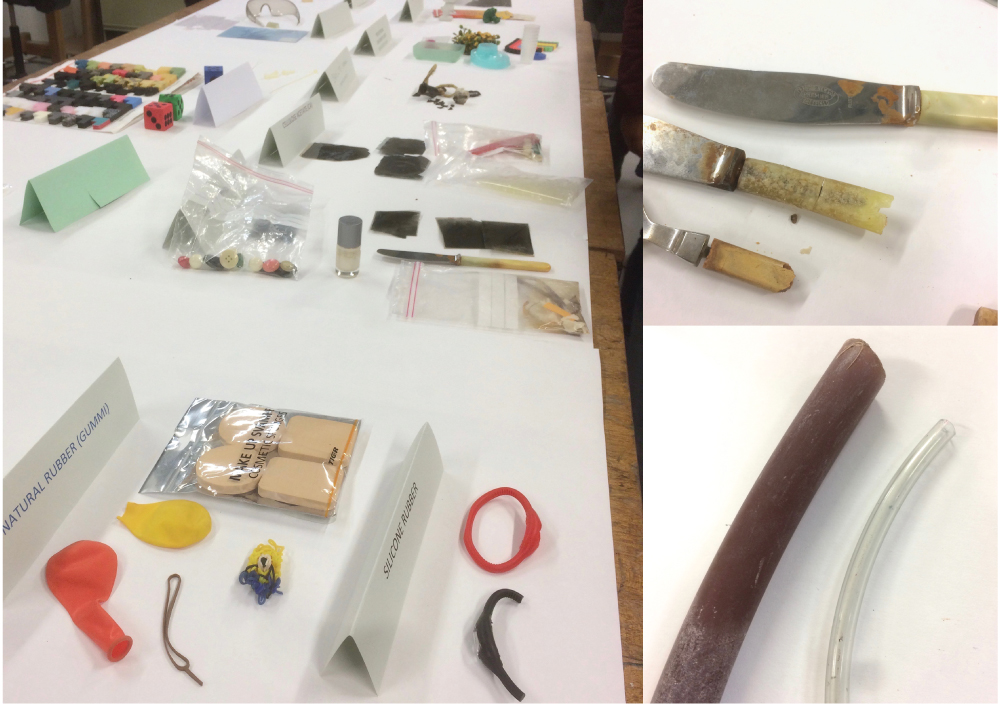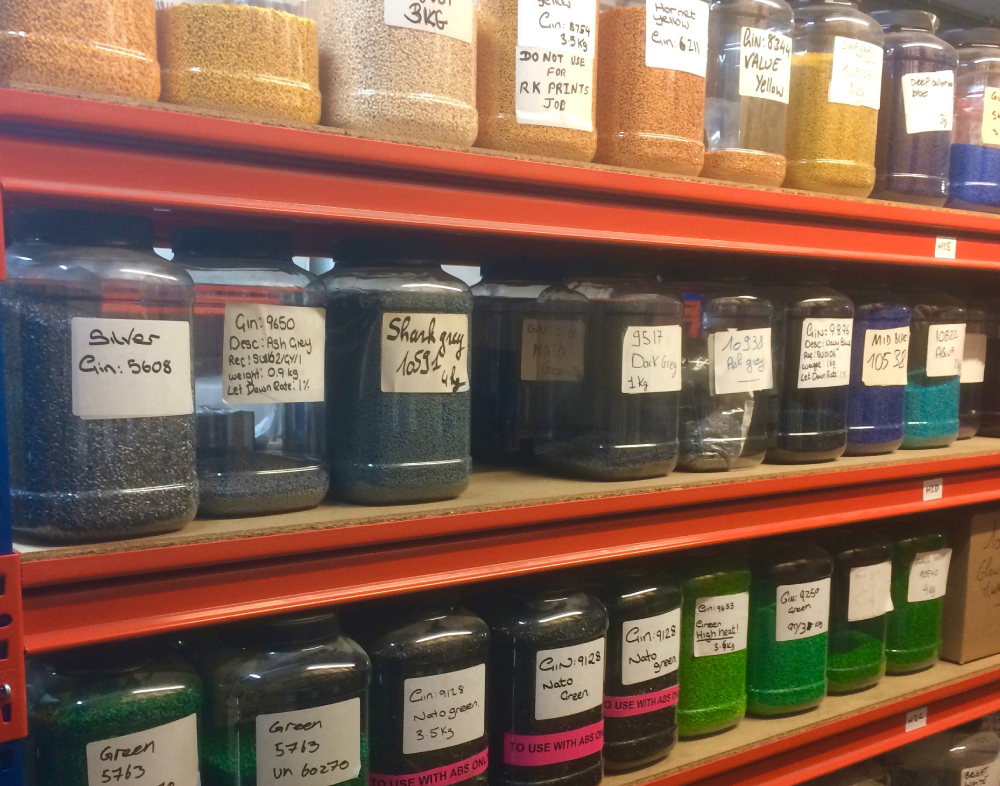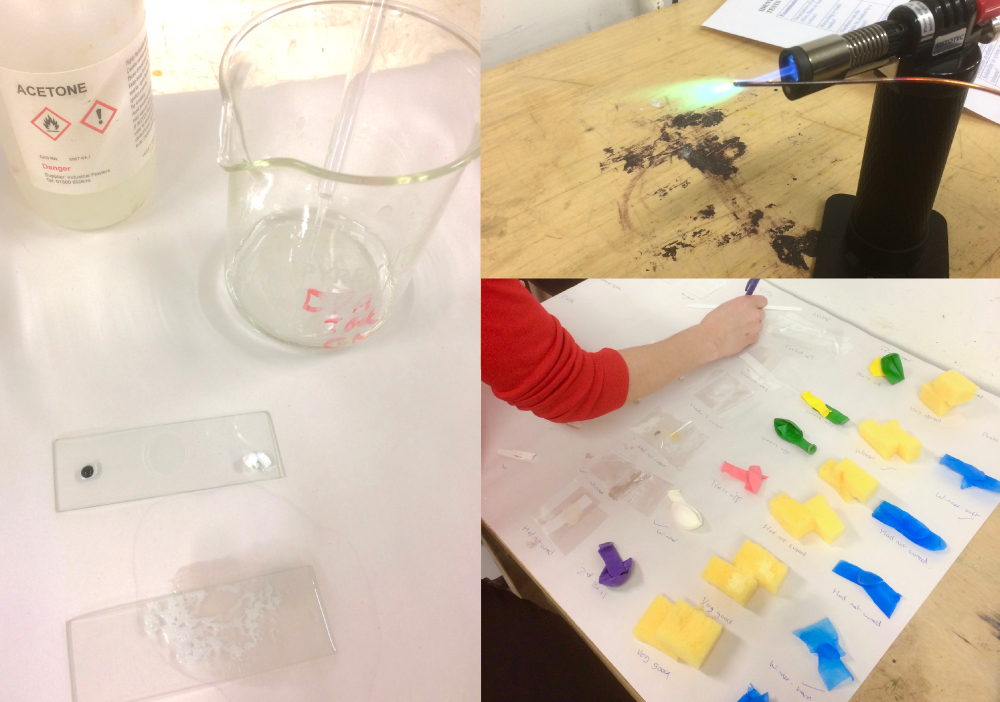CONSERVATION OF PLASTICS
I attended a short course on the Conservation of Plastics at West Dean College, run by Yvonne Shashoua, author of the 'Conservation of Plastics: Materials Science, Degradation and Preservation' and a Senior Research Scientist for the National Museum of Denmark.

PLASTICS OVERVIEW
The course began with a brief history lesson, the introduction of Cellulose Nitrate in the 1860s to the more contemporary Polyurethane foams first seen in the 1950s. The chemical characteristics and properties were also discussed considering how the plastics deteriorate. Two guests speakers, Brenda Keneghan and Jannicke Langefeldt, looked at case studies and helped identify 5 high risk plastics within museum collections:
- Cellulose Nitrate
- Cellulose Acetate
- Polyurethane
- PVC
- Rubber
These 5 plastics are considered high risk as they will degrade themselves or affect others during deterioration. It is key to highlight these plastics within your collection, separating them from other objects.

PLASTIC PRODUCTION
Part of the course was a site visit to an injection moulding company, where we ran through the production process looking at how base polymers are combined with pigments called masterbatch.

IDENTIFICATION AND TESTING
Apart from visual identification of the different plastics we also experimented with identification tests:
- Belstein Test for PVC - using a copper wire a positive result burns green in a bunsen burner flame
- Diphenylamine Test for Cellulose nitrate - a sample exposed to the chemical turns a dark blue
- Acetone test for Polystyrene - a sample of polystyrene exposed to Acetone will dissolve
We also carried out adhesive tests to see what was the most appropriate method for a number of different plastics. The most effective result for the majority of plastics tested was Super Glue (cyanoacrylate). However, as it may not have the longevity of other adhesives, it is advisable to carry out further tests before proceeding with any treatment.



